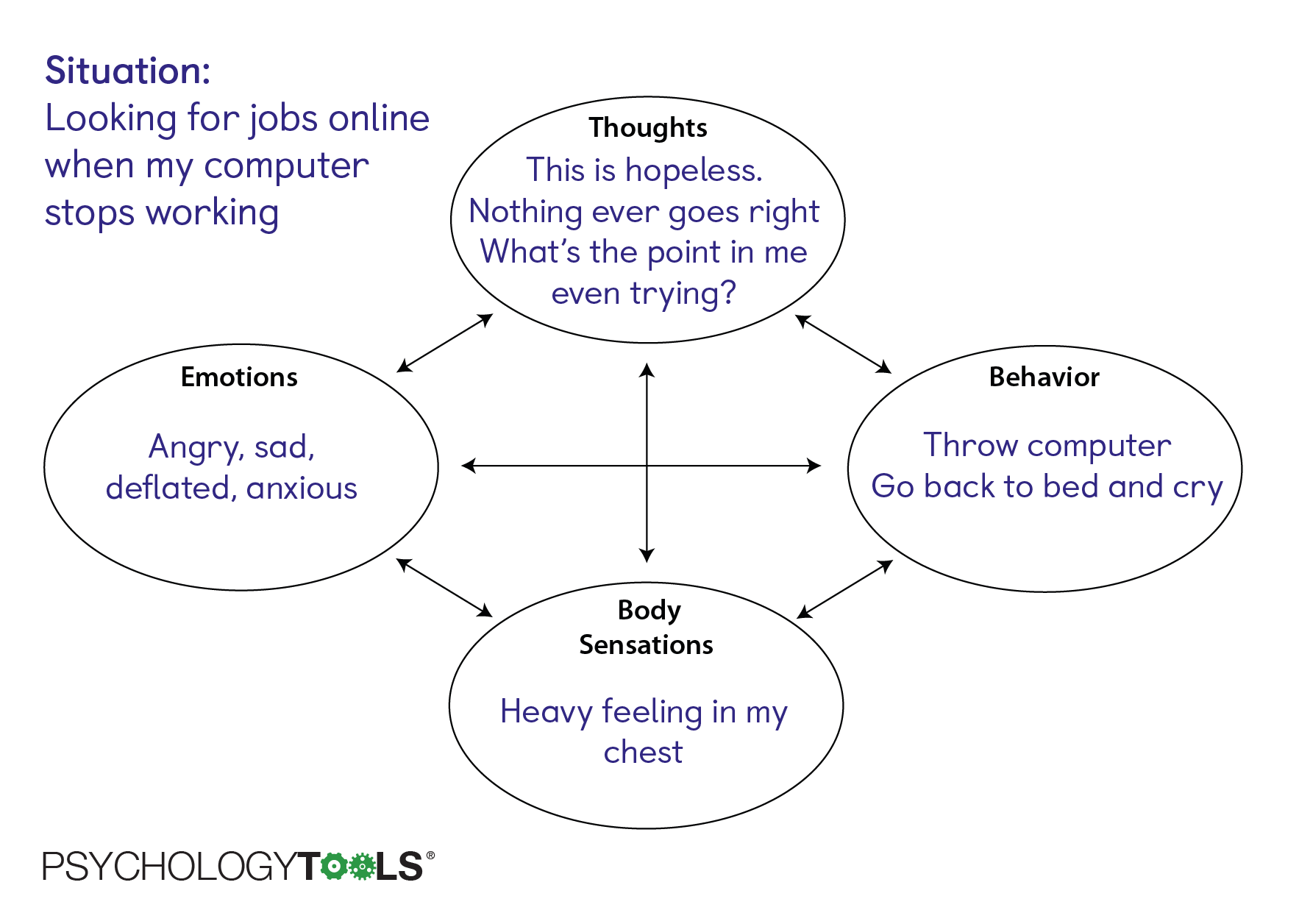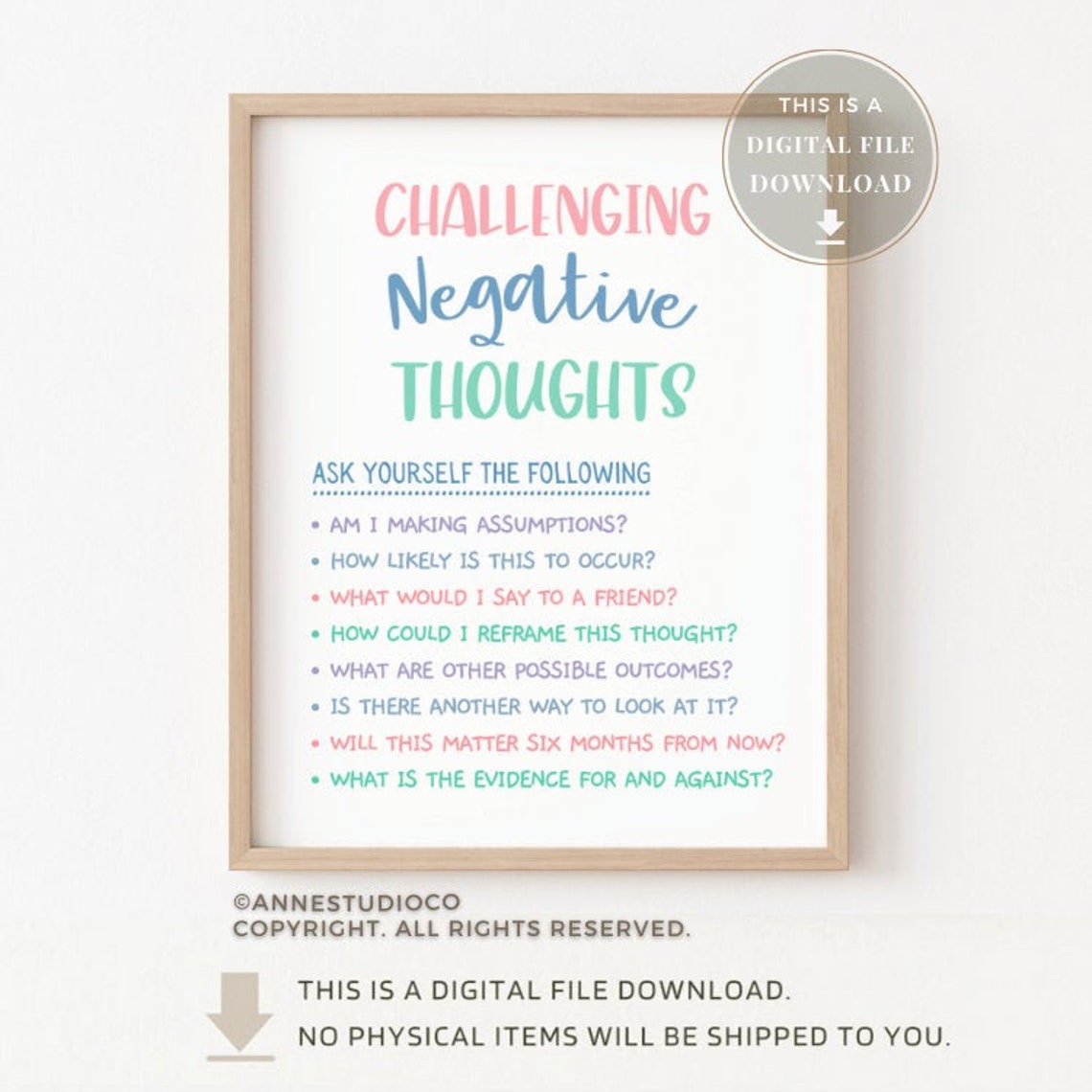

Use thought-stopping techniques to interrupt and redirect negative thought patterns. Practice positive self-talk to counteract negative thoughts and beliefs. Practice gratitude and positive thinking to develop a more positive attitude. Stay present and mindful by focusing on the present moment rather than worrying about the future or dwelling on the past. Reframe negative thoughts into more positive or realistic ones, using cognitive restructuring techniques from CBT.

Practice mindfulness meditation to improve self-awareness and emotional regulation.Īccept negative thoughts as they come and go, rather than trying to fight or suppress them. Practice mindfulness by observing your thoughts without judgment or reaction. Identify the negative thought patterns:īecome aware of your negative thought patterns, when they occur, and how they affect you.Ĭhallenge negative thoughts and beliefs using cognitive restructuring techniques from CBT.This is the most helpful tool that can be used in both modern CBT and mindfulness practises to change the way someone thinks. It can also help people build up their emotional strength and coping skills, which makes it easier for them to deal with their symptoms and keep making progress over time. This can make it easier for them to use CBT techniques and make changes to their thought patterns and behaviours that last.įor example, practising mindfulness can help people become more aware of negative thought patterns that may be contributing to their mental health problems and learn to observe and question those thoughts without judging them. Mindfulness can be used to support CBT by helping people become more self-aware and in control of their emotions. In recent years, there has been more and more interest in combining CBT and mindfulness to make mental health treatments that are more complete and effective. It has been shown to help reduce stress, control emotions, and improve overall well-being. It can be done through meditation, breathing exercises, and other methods. Mindfulness, on the other hand, is the practise of being present and not judging what is happening in the moment, without getting caught up in worries or distractions from the past or future. It is usually planned and goal-oriented, with an emphasis on learning skills and strategies for dealing with symptoms. Cognitive-behavioral therapy (CBT) and mindfulness are two different approaches to improving mental health, but they can be used together in a complementary way.ĬBT is a type of therapy that focuses on finding and changing negative thought patterns and behaviours that contribute to mental health problems like depression, anxiety, and trauma.


 0 kommentar(er)
0 kommentar(er)
